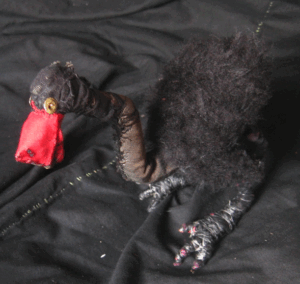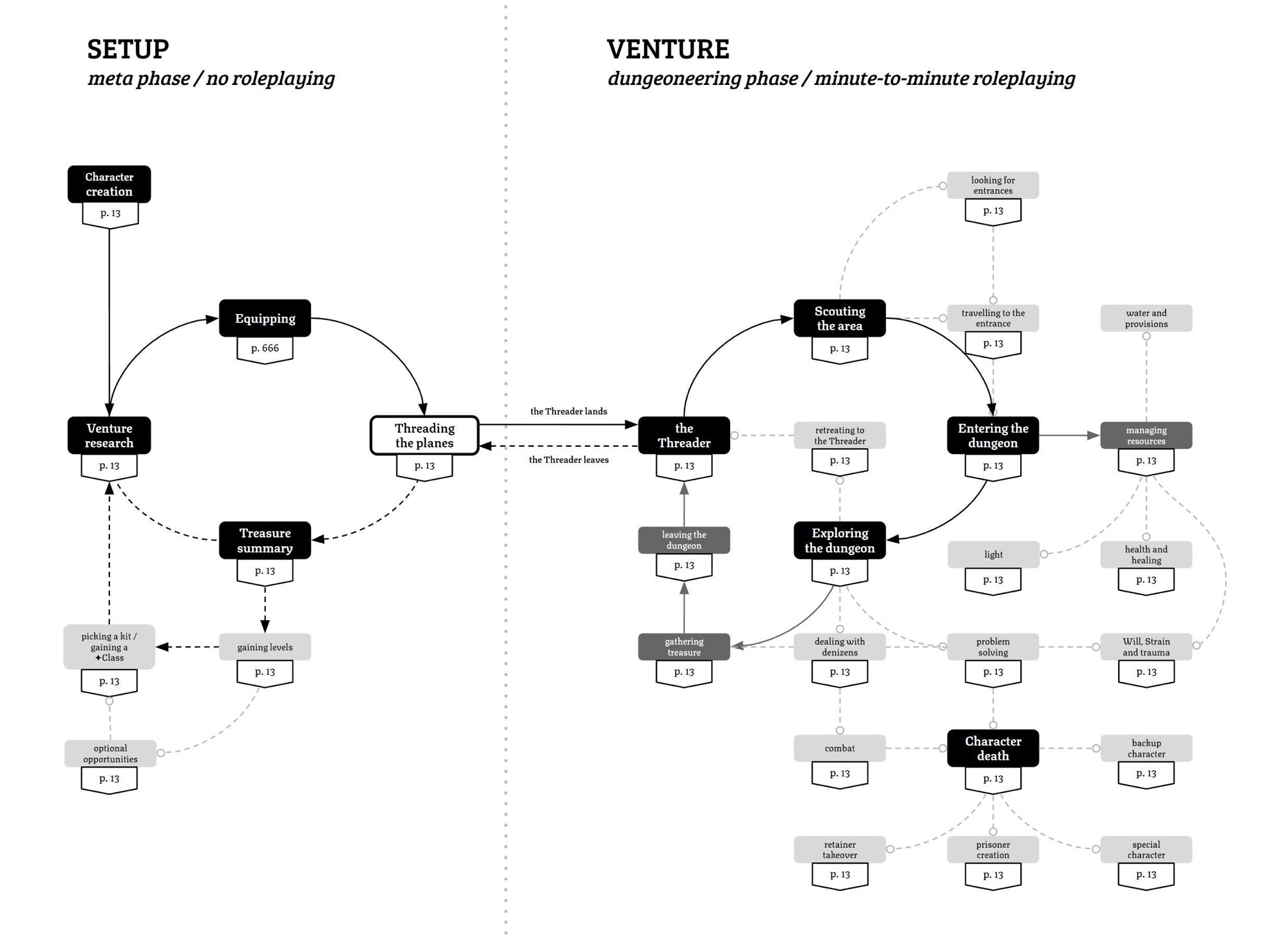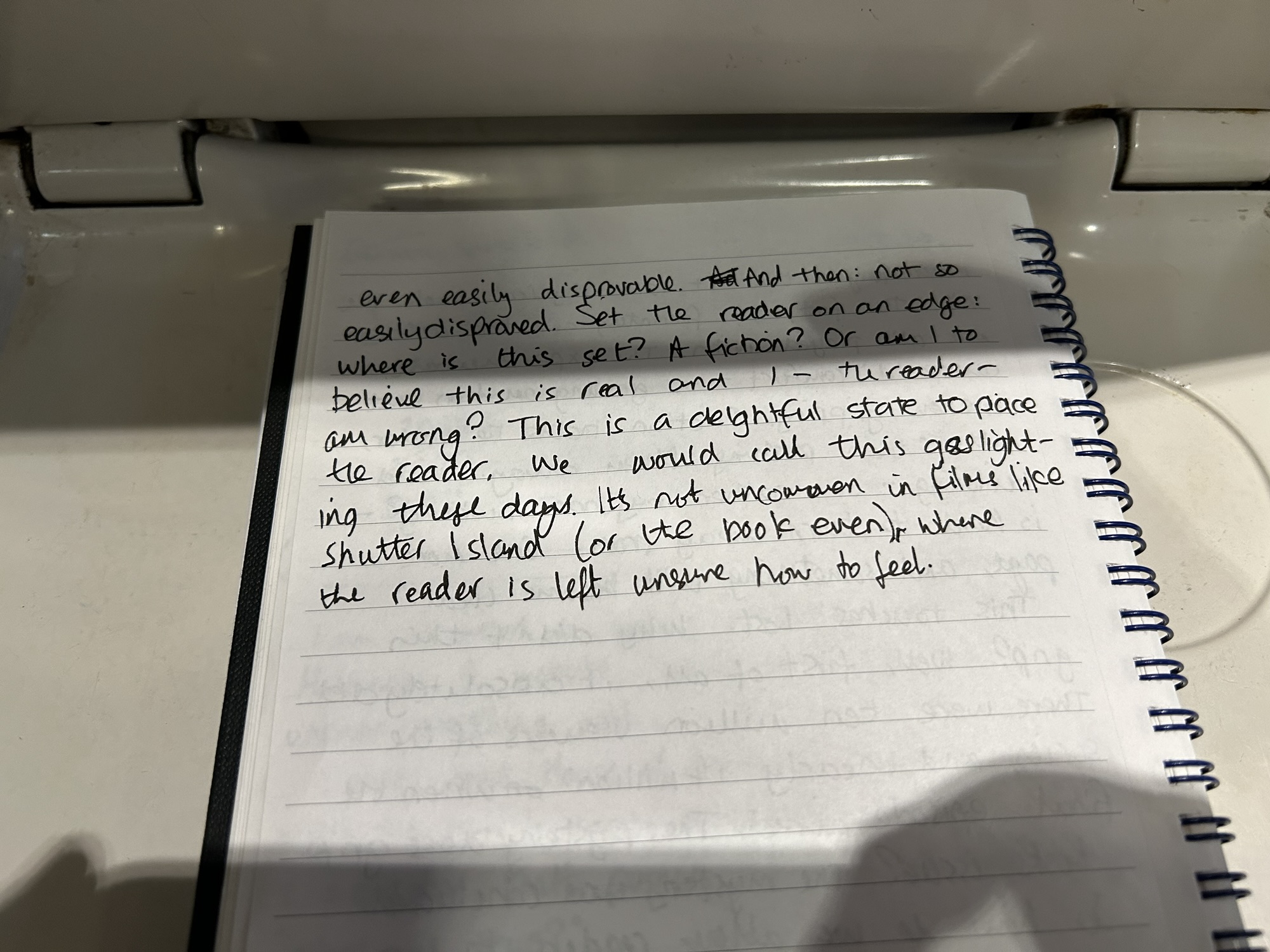First, lets get this out of the way: it’s all made up and the points don’t matter, so who gives a heck.
But that aside, given that:
- Elves can live “well over 700 years” (PHB 5e 2014)
- Human-elf progeny are possible so they do get down like that
Why aren’t there billions of elves? That’s a question being asked over on monsters and manuals.
If you live for a very long time, or indeed forever, you can make an awful lot of babies. Not only would it mean overpopulation. It would also cause severe social problems […]
But maybe this is too just much of a human biased thought. It’s possible that they just don’t like kids. No need to. Many of us have an inbuilt instinct to care for children – our own or others – because we know that’s the only way the species will carry on. That’s not really the case for elves though. They just need to keep existing rather than existing vicariously from children.
I bet that instinct only kicks in for elves in the last decades of their life. I’m imagining it like a Vulcan pon farr thing. Maybe there’s a new bad guy idea in there: really old elf who couldn’t get laid in time so has turned into a BBEG. Or a journey where the adventurers have to find him a partner before he explodes, so to speak.
Something like that.
I also quite liked a suggestion from the blog posts comments:
Elves are chiefly homosexual, and the number who are interested in the opposite sex is very small, or they only do it out of obligation solely for procreation.




